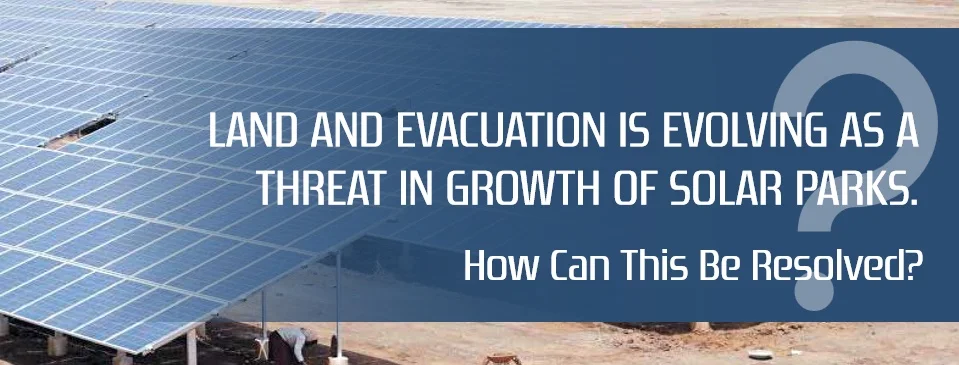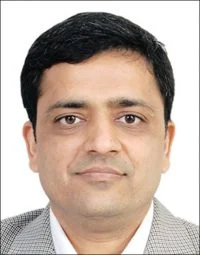There are few states which have given liberty of using agriculture land for solar parks to add to the income of farmers. In these states, there is no need to convert these land into non agricultural land. However the conversion of land into non agricultural land becomes a very tedious procedure with many approvals and clearances required from different Government offices.
Due to this developing a solar energy project in India is still a complex process as a typical 1 MW solar system in these parks requires approximately 4-5 acres of land . Thus each solar park of 1-1.5 GW of cluster would require a huge land bank of 4000 -6000 acre. In such scenario it would be better that single window clearance be provided for all approvals. With this the government should allocate land after considering the type of technology to be implemented.
Another major barrier faced by solar developers is the lack of power evacuation infrastructure. With solar parks are majorly located in remote areas, no access to evacuation infrastructure defer the project commissioning. This delay in initial project timeline thus leads to cost over runs. Hence it is of utmost importance that the government should strengthen the evacuation infrastructure by focusing on green energy corridor project for synchronizing electricity produced from renewable sources and also guarantees the availability of grid.
Again there are multiple charge levied by Discoms such as wheeling charges, Transmission and distribution charges, CTU charges , Cross subsidy charges for injection of power into the grid. Even with all the hindrances, Solar Industry is getting momentum. I am sure with proper clarity in policies and facilities, India can lead the global solar Industry.




